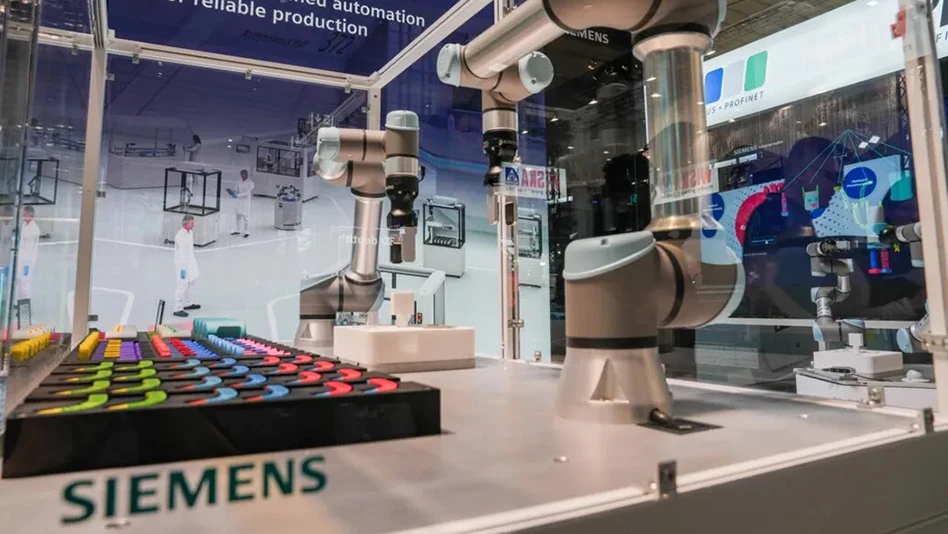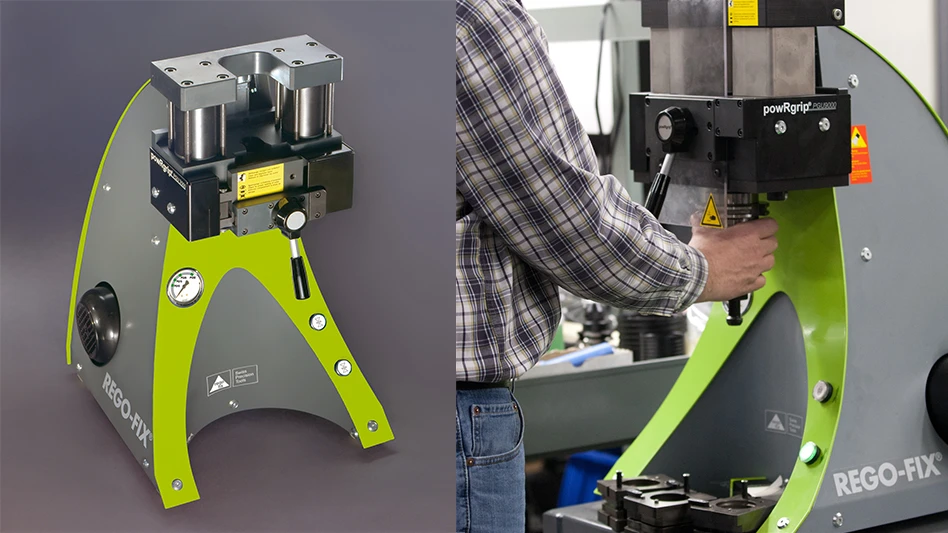
DMG MORI

Medical technology is expanding more than 5% per year as the population grows, prosperity increases, and technology advances.
During the past three years, machine tool manufacturer DMG MORI has been using its experience and manufacturing knowledge to support the medical technology expansion at the DMG MORI Medical Center of Excellence in Seebach, Germany.
Center Director Horst Lindner says experts in the center support customers with design and implementation of end-to-end manufacturing solutions, including greenfield projects and certification.
Today’s Medical Developments (TMD): What impact does medical device growth have on work at the center?
Horst Lindner (HL): The only way to competitively produce sophisticated medical products with the required quality is with economically viable manufacturing solutions. Our largest customer produces around 2,000 knee and hip joints per day. ETH Zurich is working on research and development of 30 knee prostheses. Our long-standing orthopedics customers encompass small- and medium-sized enterprises (SMEs) and the 10 biggest global players, including Medtronic, AESCULAP, and Stryker.
One recent turnkey project required unmanned bone plate manufacturing across several shifts while reducing per-workpiece runtimes. We achieved both goals and reduced production time by more than 30%. It takes more than selecting a machine tool, it requires tailor-made solutions that consider the entire process – the right production technology, workholding, tooling, and CAD/CAM with automation and process integration.
TMD: How do larger initial investments pay off for customers?
HL: The decisive point is not the purchase price, but the costs per workpiece. Optimum processes include efficient programming, long-lasting tools, and high machine use through intelligent automation. The correct, integrated approached boosts productivity, offsetting the investment quickly.
TMD: What are some process optimization challenges?
HL: Limited production areas and personnel costs demand space-saving manufacturing solutions with high process autonomy for operation with fewer employees. There’s also high demand for accuracy and surface quality that we guarantee with high-precision machine tools and selected tools from DMG MORI Qualified Products (DMQP) partners.
TMD: When does the center typically get involved in a project?
HL: We support DMG MORI sales from the first contact with the customer through project conclusion. Early involvement in customer projects allows us to develop manufacturing processes from the start to optimize every part for quality and machining time. The project approach could be simultaneous 5-axis milling, mill-turn technologies, or additive manufacturing (AM) with powder bed technology. The range of products available from DMQP partners rounds out the project. For example, internally cooled precision tools from Mikron Tool (https://us.mikrontool.com) deliver a high-standard solution from a single source.
TMD: What sets of process does the center typically use?
HL: High-performance machining solutions and additive processes are and will remain the key element of our solutions. Machining times can usually be optimized up to 30%. Adjacent processes, where consultation is getting more and more intensive, provide opportunities for further improvements. And, digitization is growing increasingly important as it enables more efficient order processing and seamless production documentation.

TMD: What characterizes greenfield projects?
HL: We continue to get inquiries from customers wanting to explore a second business market by entering into medical device manufacturing. We can construct complete production sites, supporting them with all technological aspects and normative and regulatory issues, becoming an integral partner overseeing a project and discussing all issues from day one.

TMD: Are there still companies expanding their portfolios to include medical technology products?
HL: The world’s population is growing steadily. By 2050, 16% of the world’s population will be 65 years or older – people who wish to remain fit and active. So medical solutions for age-related traumatology – knee and hip replacements – are needed. This is why it’s important for our customers to address these issues.
DMG MORI
https://www.dmgmori.com

Explore the October 2019 Issue
Check out more from this issue and find your next story to read.
Latest from Today's Medical Developments
- Hacker-proofing smart implants
- Register now to learn solutions for high-temperature aerospace machining challenges
- Expertise on machining, joining offered in April’s Manufacturing Lunch + Learn
- Incredible Machine works on the Rube Goldberg principle
- FAULHABER’s metal planetary gearhead family
- Aerospace Industry Outlook - Spring 2025, presented by Richard Aboulafia
- World’s smallest pacemaker is activated by light
- FANUC America’s ready-to-deploy cobot web tool





